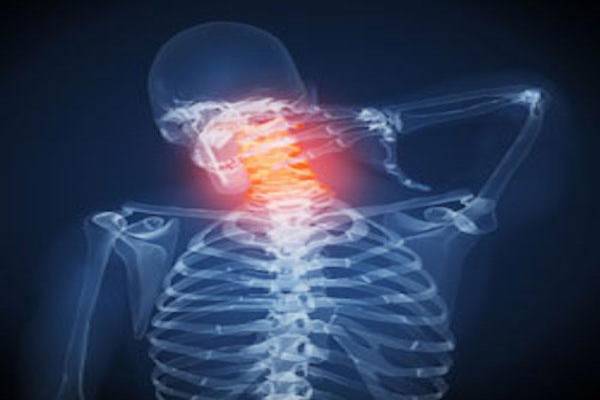
Whiplash Injury Diagnosis & Treatment: What Every Car Accident Victim Needs to Know
After a car accident, we know that it’s a relief to walk away with only a few bruises and a dented fender. However, just because your fender bender was relatively minor, this does not mean that you have not sustained serious internal injuries, including whiplash. At Optimal Spine & Wellness Clinic, we frequently treat patients for serious whiplash injuries and chronic neck pain – even when these individuals were in accidents at speeds as slow as 5mph.
3 Things to Know About Whiplash
For many accident victims, neck pain, headaches and other telltale injury symptoms may not develop until weeks or even months after an injury. Could an untreated whiplash injury be the cause for your pain? Here’s what every car accident victim needs to know:
#1: Whiplash can occur at speeds as slow as 5mph.
You do not have to be in a major accident to be injured. The force of a minor rear-impact accident can still knock the cervical spine beyond its normal range of motion. This force causes hyperflexion in the upper cervical spine and hyperextenion in the lower cervical spine, which creates an abnormal “C” shape. As long as this mechanical misalignment persists, so will your pain.
#2: Common injury symptoms include neck pain, headaches and migraines.
Patients may also have difficulty concentrating and suffer from poor sleep. Injury patients also experience restricted mobility. Basic movements, like turning the head from side to side or even looking up and down, can be very painful and difficult.
#3: Medication is not a permanent pain management solution.
While drugs can temporarily relieve pain, medication cannot correct the underlying mechanical misalignment affecting the spine. Instead, we recommend a combination of chiropractic adjustments and massage therapy for long lasting pain relief. Chiropractic care helps bring proper alignment back to the cervical spine, correcting the abnormal “C” curve. Massage therapy relieves tension trapped within the neck muscles, which helps to restore a natural range of movement to the neck.

Doctor of Chiropractic, Board Certified Chiropractor (CCSP®) at Ascent Chiropractic





